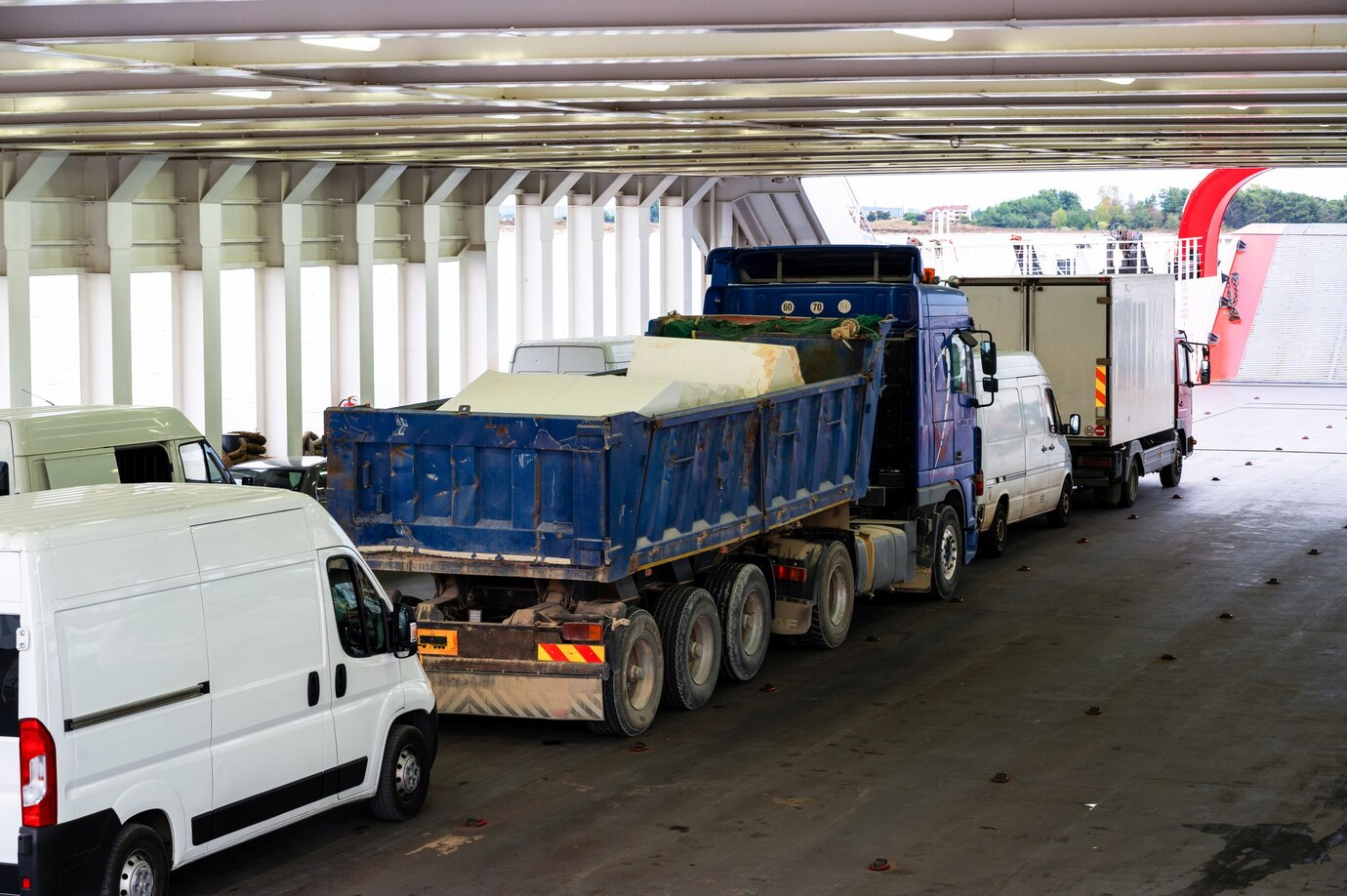
Dangerous goods cover a wide range and are mainly divided into nine categories according to national standards. The first type of explosive, such as detonators and explosives, can easily cause explosions due to impact, friction, or temperature changes, releasing enormous energy in an instant and having astonishing destructive power. The second type of gas includes flammable gases (such as hydrogen and methane), non flammable and non-toxic gases (such as nitrogen and carbon dioxide), and toxic gases (such as chlorine and hydrogen sulfide). Flammable gases can ignite and explode when exposed to open flames or high thermal energy; Toxic gas leakage can harm human health and pollute the environment. The third type of flammable liquid, such as gasoline and alcohol, has volatility and flammability. Steam mixed with air can form explosive mixtures. The fourth category includes flammable solids, substances that are prone to spontaneous combustion, and substances that release flammable gases when in contact with water. White phosphorus is a substance that is prone to spontaneous combustion and can ignite when exposed to air; Metallic sodium reacts violently with water, releasing hydrogen gas and burning. The fifth category includes oxidizing substances and organic peroxides, with oxidizing substances such as potassium permanganate having strong combustion assisting properties; Organic peroxides have poor stability and are prone to decomposition and explosion when subjected to heat, friction, or impact. The sixth category of toxic substances and infectious substances, toxic substances such as cyanide, can be fatal in small amounts when entering the human body; Infectious substances contain pathogens and may spread diseases. The seventh type of radioactive material, such as uranium and radium, causes damage to human cells and tissues and triggers diseases. The eighth category of corrosive substances, such as sulfuric acid and sodium hydroxide, can cause corrosion damage when in contact with the human body, metals, or other substances. The ninth category of miscellaneous hazardous substances and items, such as lithium batteries, can easily generate heat, catch fire, or even explode if not transported properly.
Dangerous goods transportation has strict requirements from packaging. The packaging should be sturdy, tight, able to withstand impacts, vibrations, and temperature changes under normal transportation conditions, and should not undergo chemical reactions with the contents. There should be clear and sturdy dangerous goods markings on the outside of the packaging. The loading and unloading process must be operated by professional personnel, using appropriate tools, loading and unloading gently, avoiding collisions, dragging, and tipping. The selection of transportation routes is also cautious, avoiding sensitive areas such as densely populated areas and water source protection zones, and driving according to the prescribed time and speed. Transport vehicles are particularly special, equipped with safety facilities and equipment such as fire prevention, explosion prevention, anti-static devices, as well as emergency shut-off devices, leak emergency response equipment, etc.
In the event of a dangerous goods transportation accident, maintaining composure is crucial. If on site, immediately move away from the accident area and evacuate towards the upwind direction to avoid inhaling toxic gases or being impacted by explosions. Call the emergency hotline in a timely manner to inform them of the specific location of the accident, the type of dangerous goods, and other information. Before professional rescue personnel arrive, do not approach the accident vehicle or attempt to handle the leaked material without authorization. Rescue personnel will take corresponding measures based on the nature of the dangerous goods. In case of fire, use suitable extinguishing agents; In case of leakage, carry out sealing, dilution or recovery treatment.
The transportation of dangerous goods is related to social security and stability. Transportation companies and practitioners should strictly abide by regulations, and the public should also be aware of relevant knowledge and raise safety awareness. Only through joint efforts from all parties can the transportation of dangerous goods operate on a safe track.







